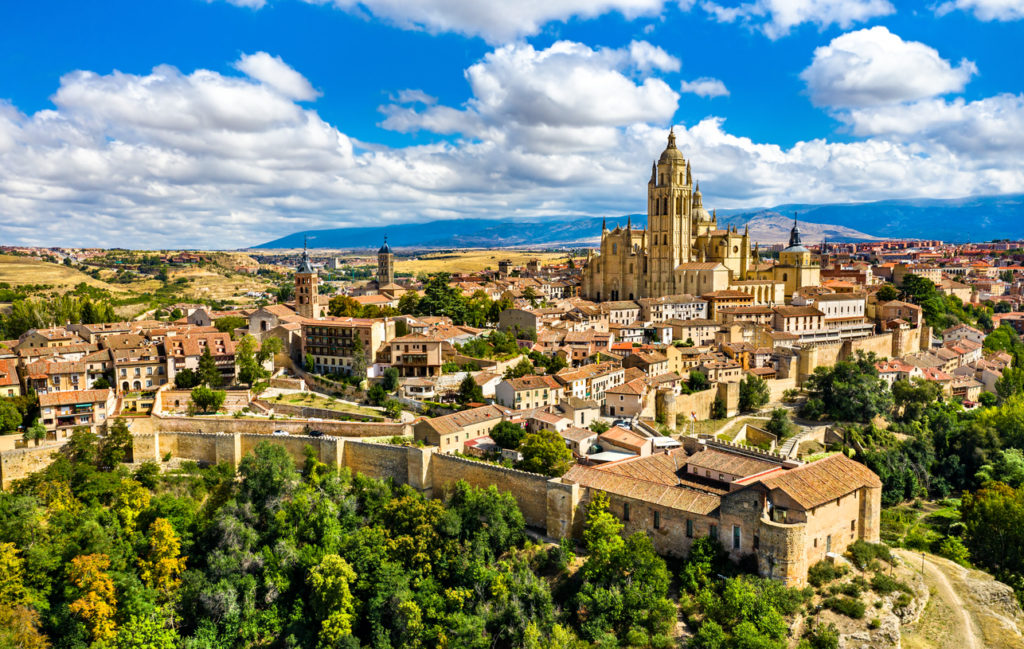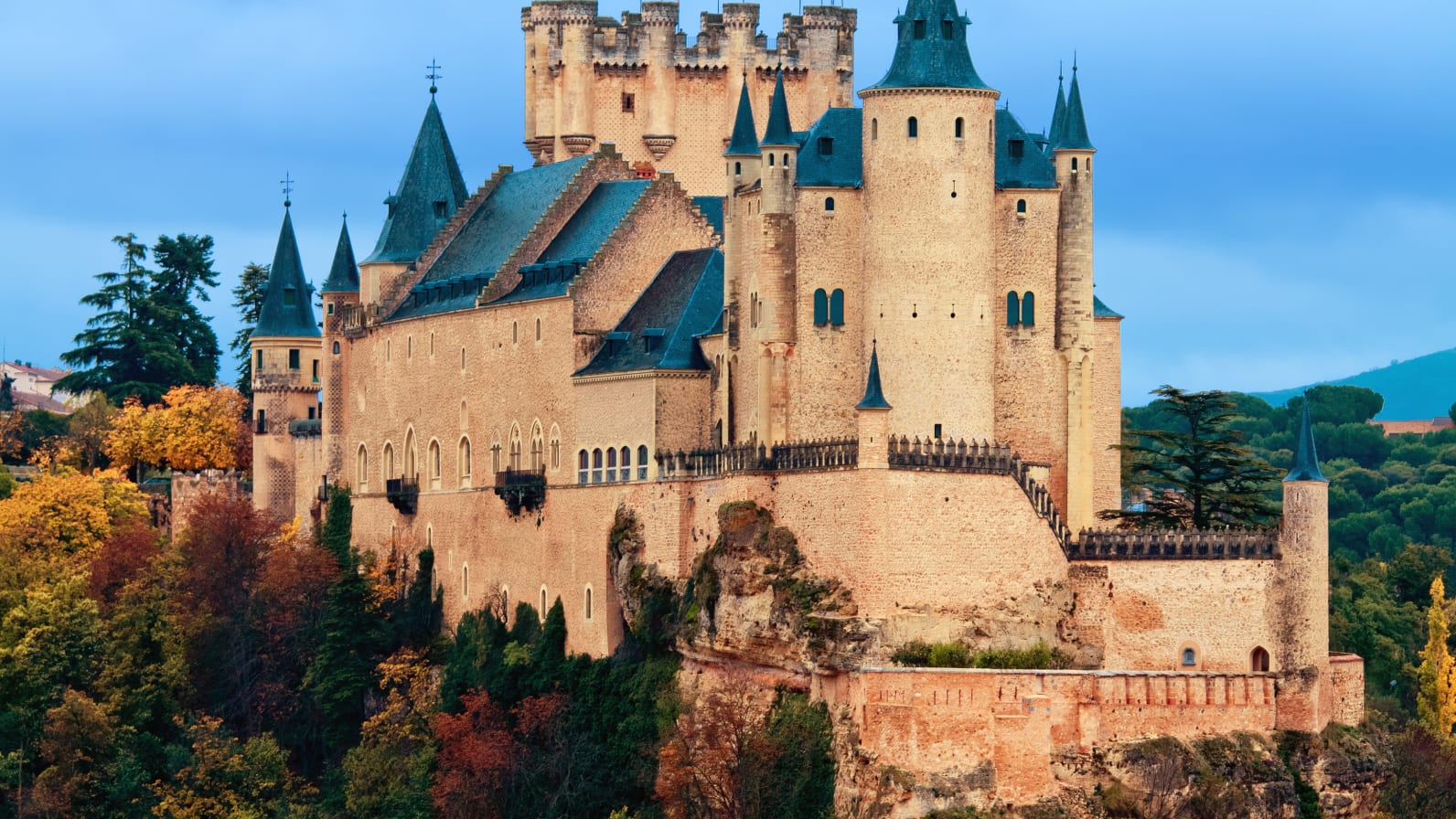The Beginning of Segovia:

Originally, Segovia was under Iberian settlement until about 700 BCE. The Roman empire took over Segovia in 80 BCE. The Moors had claim over Segovia until the Christian king, Alfonso IV restored order and took the ruling of Segovia back. Segovia was known as a very important place because during King Alfonso X’s reign, his home was based out of Segovia. He is not the only royal figure that lived in Segovia, Isabela I had also visited and lived briefly in Segovia during the beginning of her royal declaration. She was declared “Queen of Castile” in Segovia, which caused a lot of people to be fascinated and drawn to this place.
Another very fascinating part of the rich history of Segovia is the religions. When Segovia was being constantly overpowered by multiple cultures, it left a very important mark of three different religions living in the same town. Christians, Jewish people, and the Moors all had significant leaders playing roles in Segovia. One of the most important leaders, Tomas de Torquemada, had become so invested in the idea of the three different religions in Segovia. He took it upon himself to start creating conversation about what is known as the Spanish Inquisition today.

One of the most prominent figures of Segovia is the Roman Emperor Trajan who was ruling during the building of the Segovia Aqueduct. Segovia today is now prominently known for it’s very impressive aqueduct because of the lack of agricultural advancement compared to today. The building of the aqueduct also marks the start of how significant the Romans would be during this time.



